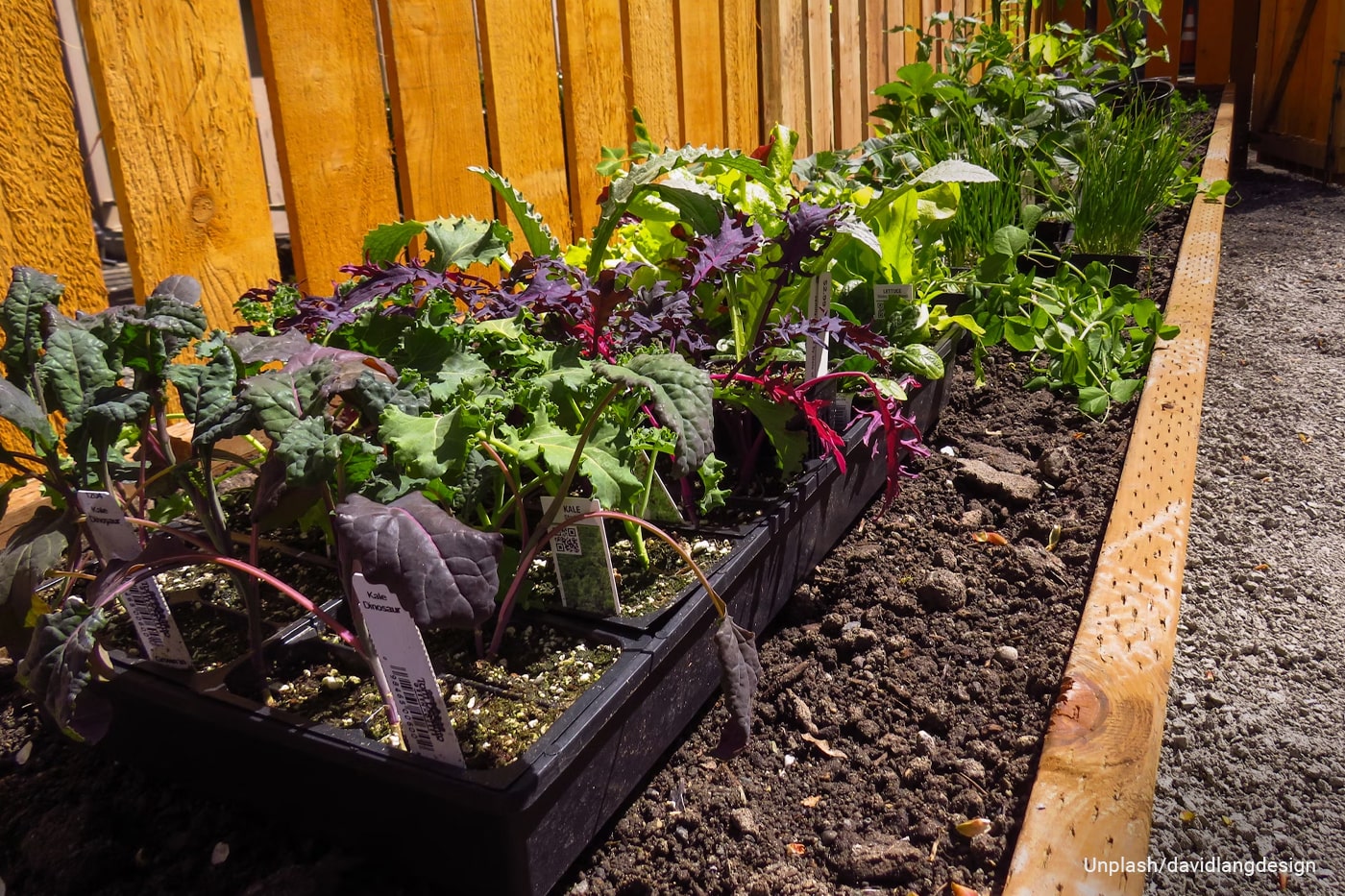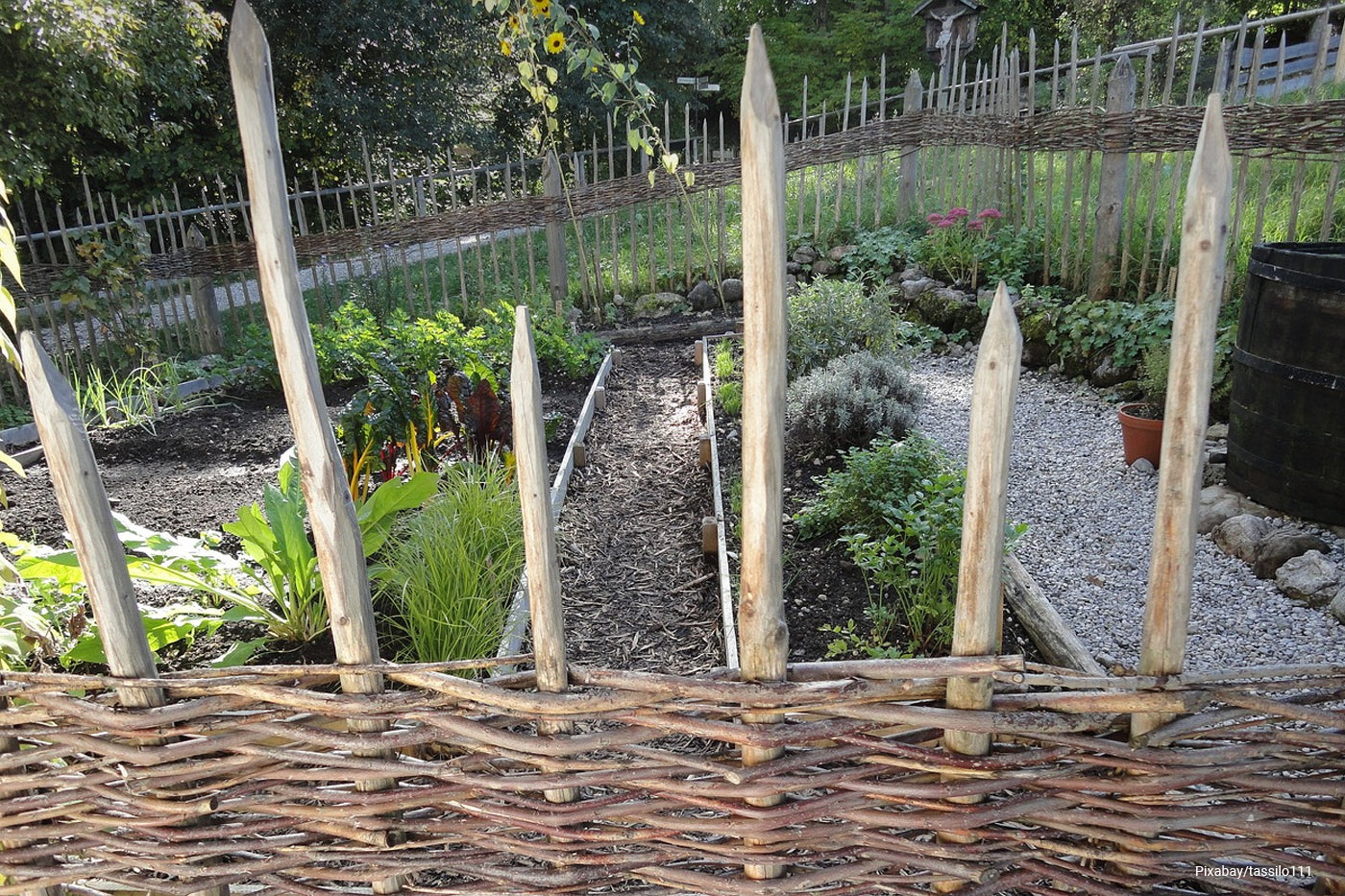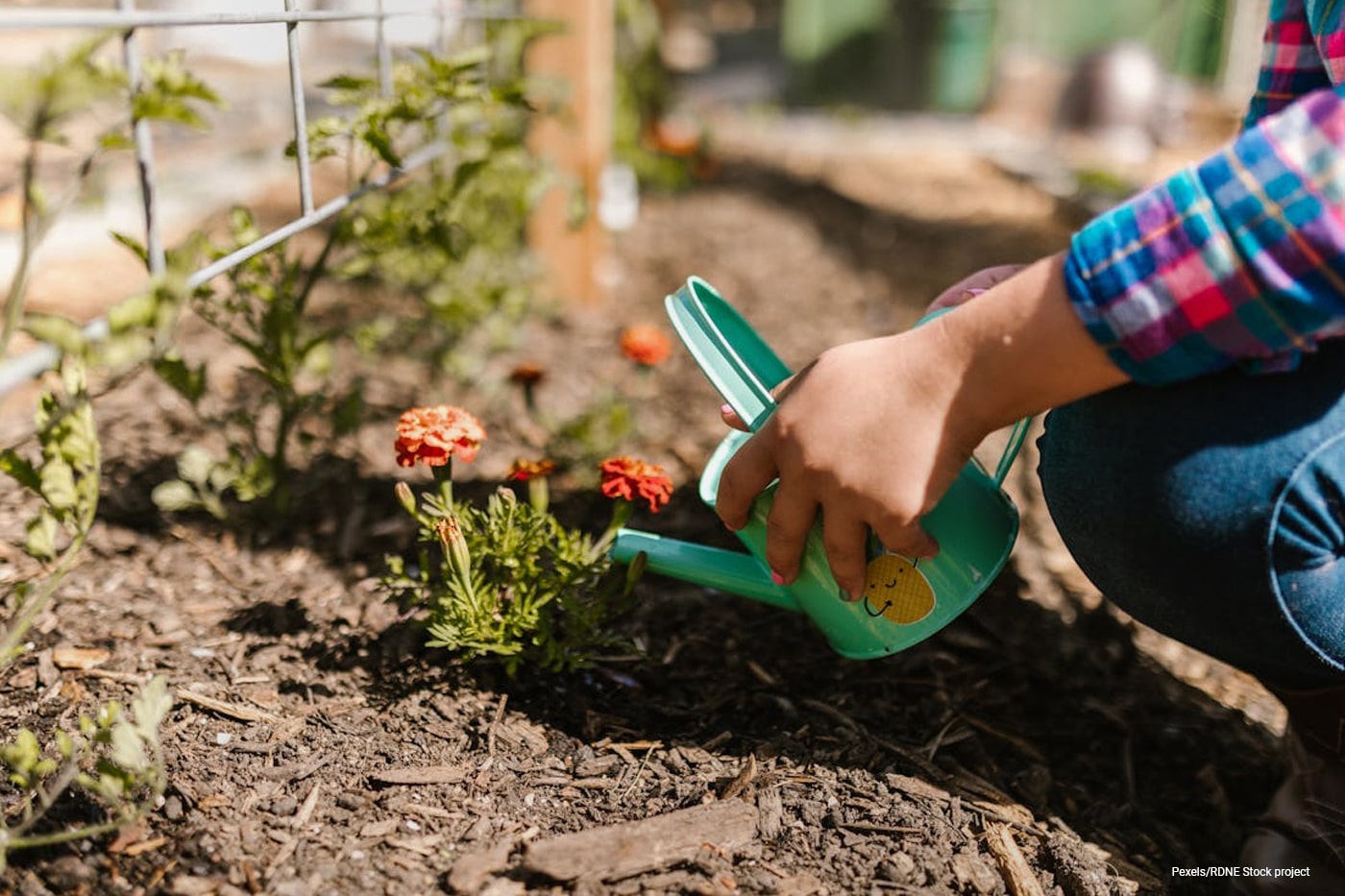Healing gardens are outdoor spaces that promote relaxation, calmness, and healing for people experiencing physical or emotional distress. Essentially, these gardens are designed for rehabilitation and recovery. Healing gardens can also be used for meditation and reflection.
Research suggests that spending time in a healing garden can lower blood pressure, alleviate anxiety, and enhance mood. That’s why healing gardens are often found in hospitals, nursing homes, and community centers.
Healing gardens are carefully planned with features like soothing plants, comfortable seating areas, and peaceful water elements. They provide a sanctuary where individuals can connect with nature, reducing stress and improving overall well-being.
If you want to build a healing garden right at home, you’d be surprised how easy it is. Try these steps.
Contents []
How to Create Your Own Healing Garden
Want to build your own healing garden? It’s easier than you think! Below are landscaping tips to help you get started:
Step 1: Plan the Design
Sketch a rough plan for your garden layout, considering factors like pathways, seating areas, and focal points. Aim to balance open spaces and secluded nooks to accommodate different activities and moods. Also, consider accessibility because healing gardens are designed specifically for relaxation and recovery.
Consider all the landscaping elements to add to the design. These elements should enhance the flow of energy throughout the garden. We also suggest creating pathways that invite exploration and discovery.
Step 2: Choose the Perfect Spot
After planning the design, it’s time to find the perfect spot for your healing garden. Ideally, the spot should receive ample sunlight and be shielded from strong winds. This way, the ambiance is always inviting and relaxing.
The area should also be easily accessible and provide privacy from nearby noise or distractions. Consider the natural features of the space, such as existing trees or water sources, and incorporate them into your design.
Step 3: Add the Garden Features
Add natural materials such as stone, wood, and gravel into your garden design to make the overall design feel as organic as possible. The design elements should feel like they are a natural part of the design.
Use stones to create pathways, borders, or focal points, and incorporate wooden structures like pergolas, trellises, or raised beds for added interest. Arrange natural materials to mimic the patterns and textures found in the surrounding landscape.
To make the healing garden look natural, make it as inviting to wildlife as possible. Embrace the presence of wildlife as a sign of a healthy and thriving garden.
Grow Medicinal Plants in Your Garden
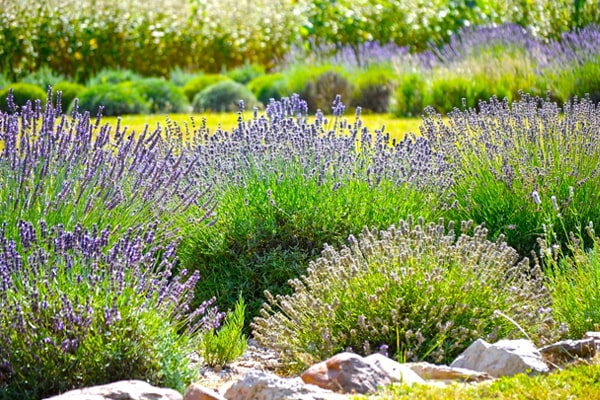
Select different plants known for their healing properties, such as lavender for relaxation, chamomile for stress relief, and rosemary for mental clarity. Incorporate native plants that thrive in your region and require minimal maintenance. Arrange the plants in clusters according to their needs for sunlight, water, and soil type, creating harmonious plant communities.
Add fragrant flowers and herbs to stimulate the sense of smell, wind chimes or water features for auditory relaxation, and textured plants like lamb’s ear or ferns for tactile exploration. Include visually appealing elements such as colorful blooms, ornamental grasses, and interesting textures to delight the eyes.
When caring for the plants, avoid chemical pesticides or herbicides. These chemicals could harm beneficial insects or disrupt the ecosystem’s natural balance. Try organic soil amendment like humic acid to boost the physical structure, fertility, and overall health of your garden soil.
Add a Cozy Sitting Area
A healing garden is designed to engage the senses and heal the body. That’s why a sitting area is a must for your own healing garden.
Install comfortable seating, such as benches, hammocks, or cozy chairs, where you can sit and unwind. Consider adding water features like a small fountain or bubbling stream to create soothing sounds of flowing water. Surround these relaxation zones with lush foliage or tall grasses to provide privacy and seclusion.
What Plants to Grow in a Healing Garden?
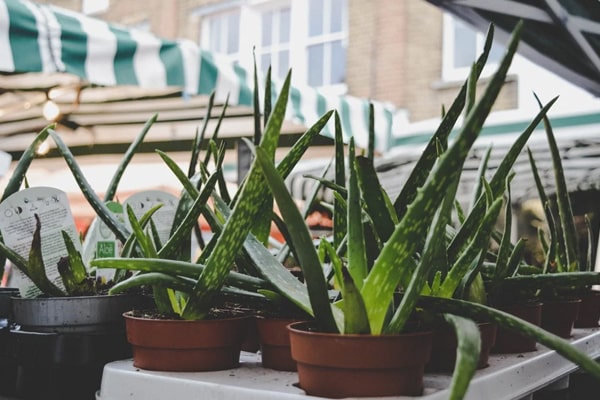
Choosing plants that promote healing and relaxation is essential to complete your backyard healing garden. Whether you use them for their aromatic, culinary, or medicinal benefits, these plants will enrich your garden and enhance your overall health:
Lavender: Lavender is renowned for its soothing fragrance and calming properties. Plant lavender in well-drained soil in a sunny spot. Water regularly, but avoid overwatering, as lavender prefers drier conditions. Prune the plant after flowering to encourage bushiness and more blooms. Harvest and dry the flowers to make sachets or potpourri for a lasting scent.
Chamomile: Chamomile is prized for its gentle, apple-like aroma and ability to promote relaxation and reduce stress. Plant chamomile in fertile, well-drained soil in a sunny location. Keep the soil consistently moist but not soggy. Harvest the flowers when fully open for use in teas or as a soothing addition to baths.
Rosemary: Rosemary is not only a flavorful herb for cooking but also a symbol of remembrance and mental clarity. Grow rosemary in well-drained soil and full sunlight. Water sparingly, allowing the soil to dry out slightly between waterings. Prune the plant regularly to maintain its shape and encourage new growth. Harvest sprigs as needed for culinary use or for aromatic bouquets. Only use heavy-duty garden tools for easier and more efficient gardening.
Aloe Vera: Aloe vera is known for its healing properties, particularly for soothing burns and skin irritations. Plant aloe vera in well-drained soil in sunny spots, such as a windowsill or patio. Water sparingly, allowing the soil to dry out completely between waterings. Harvest leaves as needed by cutting them close to the base and using the gel directly on the skin.
Peppermint: Peppermint is prized for its refreshing scent and digestive benefits. Plant peppermint in moist, well-drained soil in partial shade to prevent the plant from drying out. Keep the soil consistently moist but not waterlogged. Harvest leaves regularly for use in teas, desserts, or as a natural insect repellent.
Sage: Sage is revered for its earthy fragrance and purifying properties. Plant sage in well-drained soil in full sunlight. Water sparingly, allowing the soil to dry out between waterings. Prune the plant regularly to maintain its shape and prevent it from becoming woody. Harvest leaves as needed for culinary use, smudging ceremonies, or as a fragrant addition to bouquets.
Echinacea: Echinacea, also known as coneflower, is valued for its immune-boosting properties and cheerful blooms. Plant echinacea in well-drained soil in full sunlight. Water regularly, especially during dry spells, but avoid overwatering. Deadhead blooms to encourage continuous flowering throughout the season. Harvest the flowers and roots for use in teas or tinctures to support immune health.
A small backyard is not a problem when building a healing garden. With these tips, we hope we’ve inspired you to build your own healing garden and improve your outdoor space.

